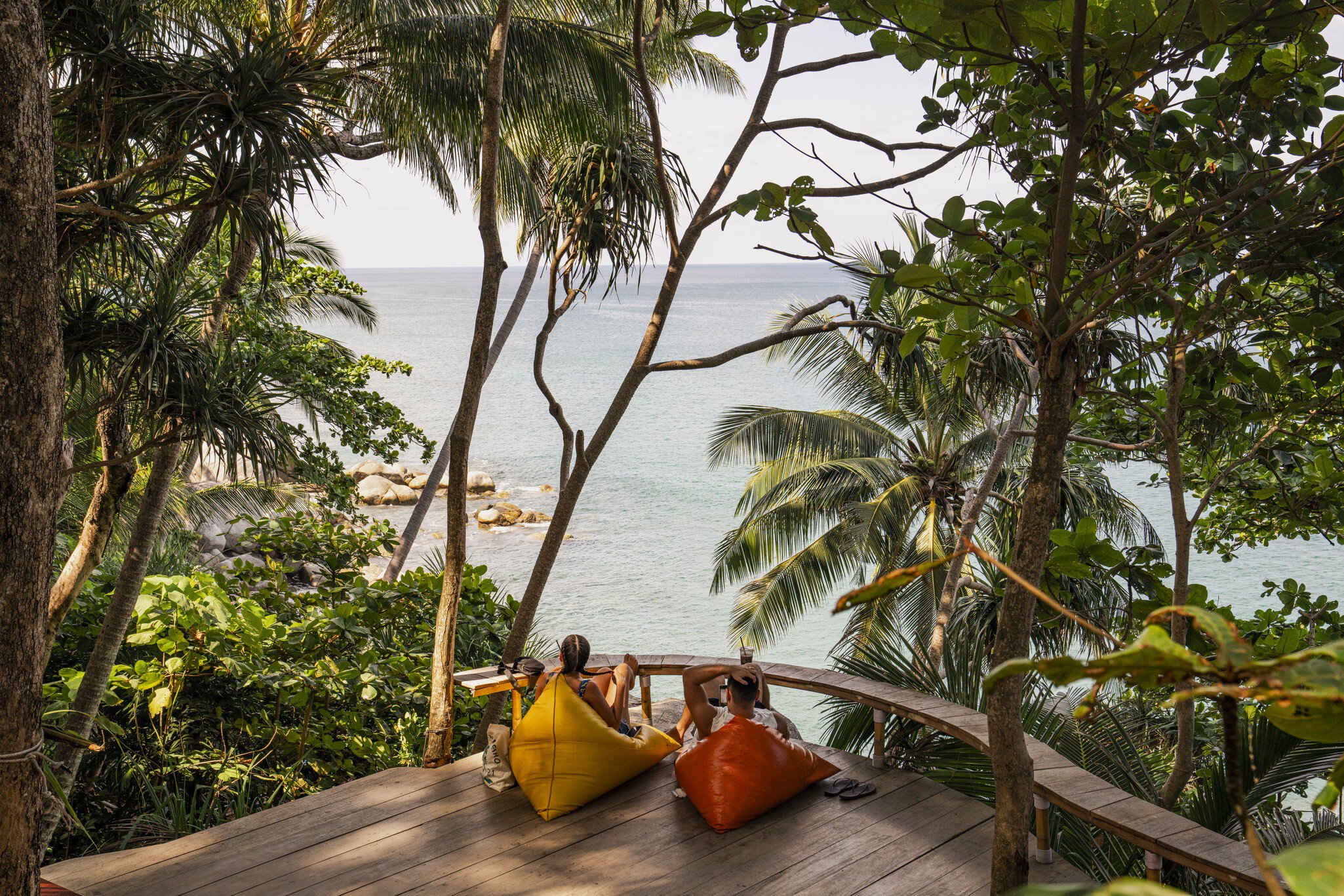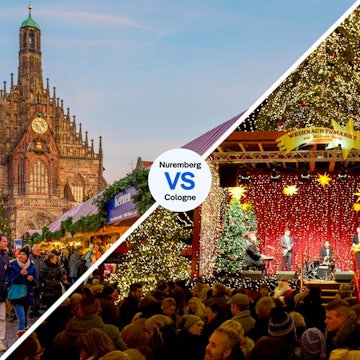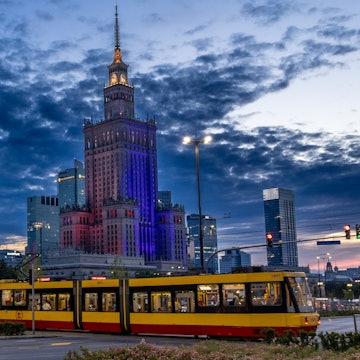

Wawel Castle on the Wisla. kosmos111/Shutterstock
ฐญฐ๙ฒนฐ์รณทษ is a city best explored on foot, and many of the most popular sights are within the largely pedestrianized streets of its historic Old Town. But youโd be missing out if you didnโt jump on ฐญฐ๙ฒนฐ์รณทษโs famous trams to venture to neighborhoods like Kazimierz and Podgรณrze. And in the summer, the river tram is a must.
Between strolls in and around the beguiling centuries-old medieval center, hereโs how to get around ฐญฐ๙ฒนฐ์รณทษ.
Getting from the airport
The is the most comfortable option between ฐญฐ๙ฒนฐ์รณทษ's airport and the city center, running every 30 minutes. The train takes 15 minutes to reach ฐญฐ๙ฒนฐ์รณทษ Gลรณwny (the main train station).
Buses leave in between train departures, as well as late at night, so depending on when your flight arrives, it may be more convenient to hop on a coach. While the bus ride is longer (25โ40 minutes), it may get you closer to your hotel.
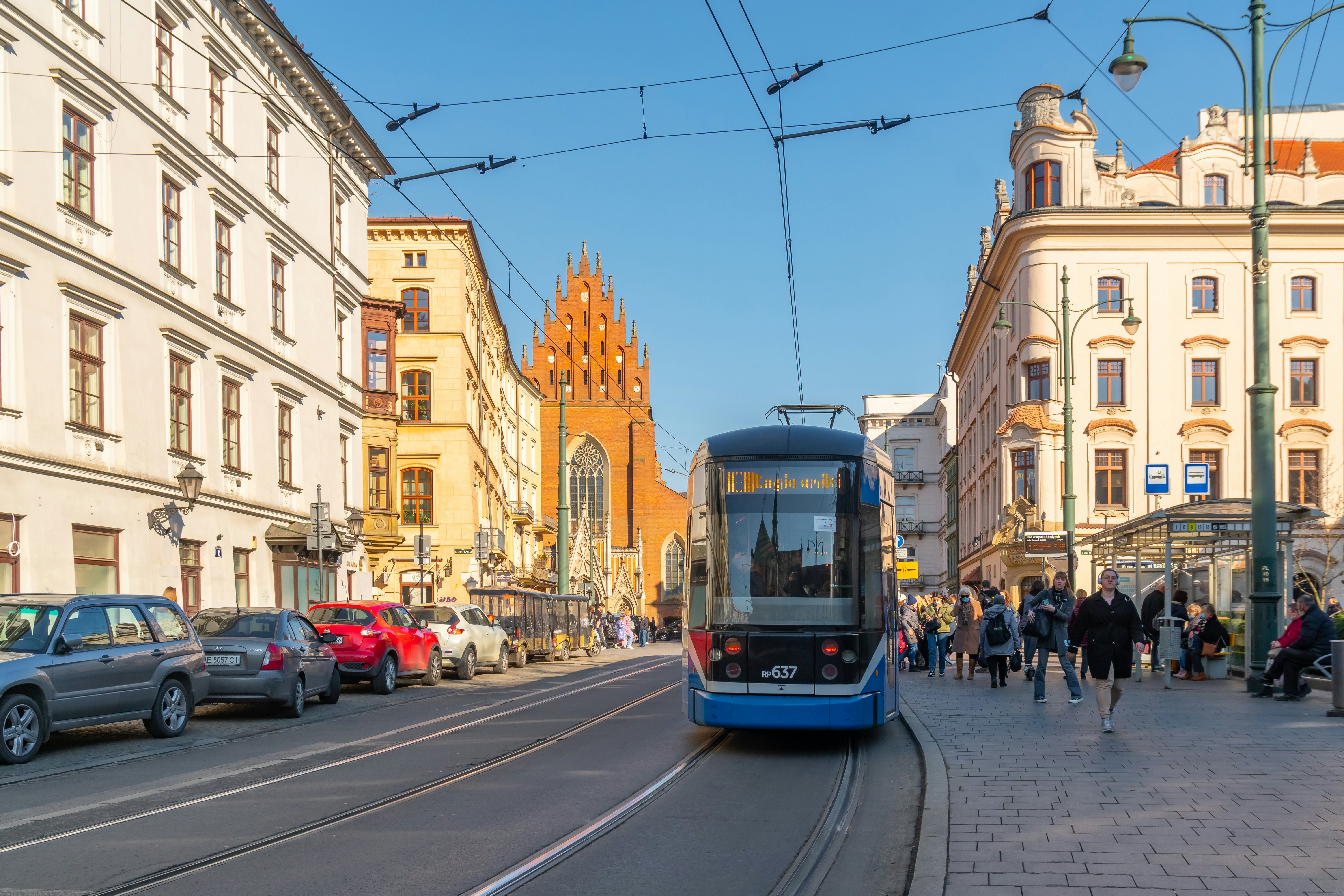
Using public transportation in ฐญฐ๙ฒนฐ์รณทษ
Tickets for buses and trams are interchangeable and work on a timed basis. You can use as many buses or trams as you need during the ticketโs validity.
For most trips, including from Old Town to Kazimierz, the cheapest ticket, for 20 minutes for 4zล (US$1), will suffice. Buy a 60-minute ticket for 6zล (US$1.50) for trips further afield, including to Podgรณrze, Bagry Lagoon and Nowa Huta. There are also good-value 24-, 48- and 72-hour passes.
You can buy tickets at the vending machines at many stops or inside buses and trams (some only take cash), as well as at newsstands and kiosks. Make sure you stamp your ticket on board at one of the machines โ if you donโt, you might face a fine from plain-clothed inspectors.
To get just about everywhere, go by tram
ฐญฐ๙ฒนฐ์รณทษโs covers just about every inch of the city. With more than 20 lines and around 400 stops, you can get within five minutes of every sight, bar and restaurant โ a convenience especially welcome in deep winter. The frequency of the stops combined with the tracks sharing the road with cars in the congested center mean that trams arenโt especially fast. Still, the slow speed and big windows make for an atmospheric way to traverse the city.
Trams on the busiest routes run every few minutes from around 5am to midnight; after that, limited services run on a handful of night routes. Information in English is good โ but beware of road construction, which disrupts services and causes frequent diversions. If you see the word objazd (diversion) on the timetable or tram, ask another rider who doesn't look confused for help.
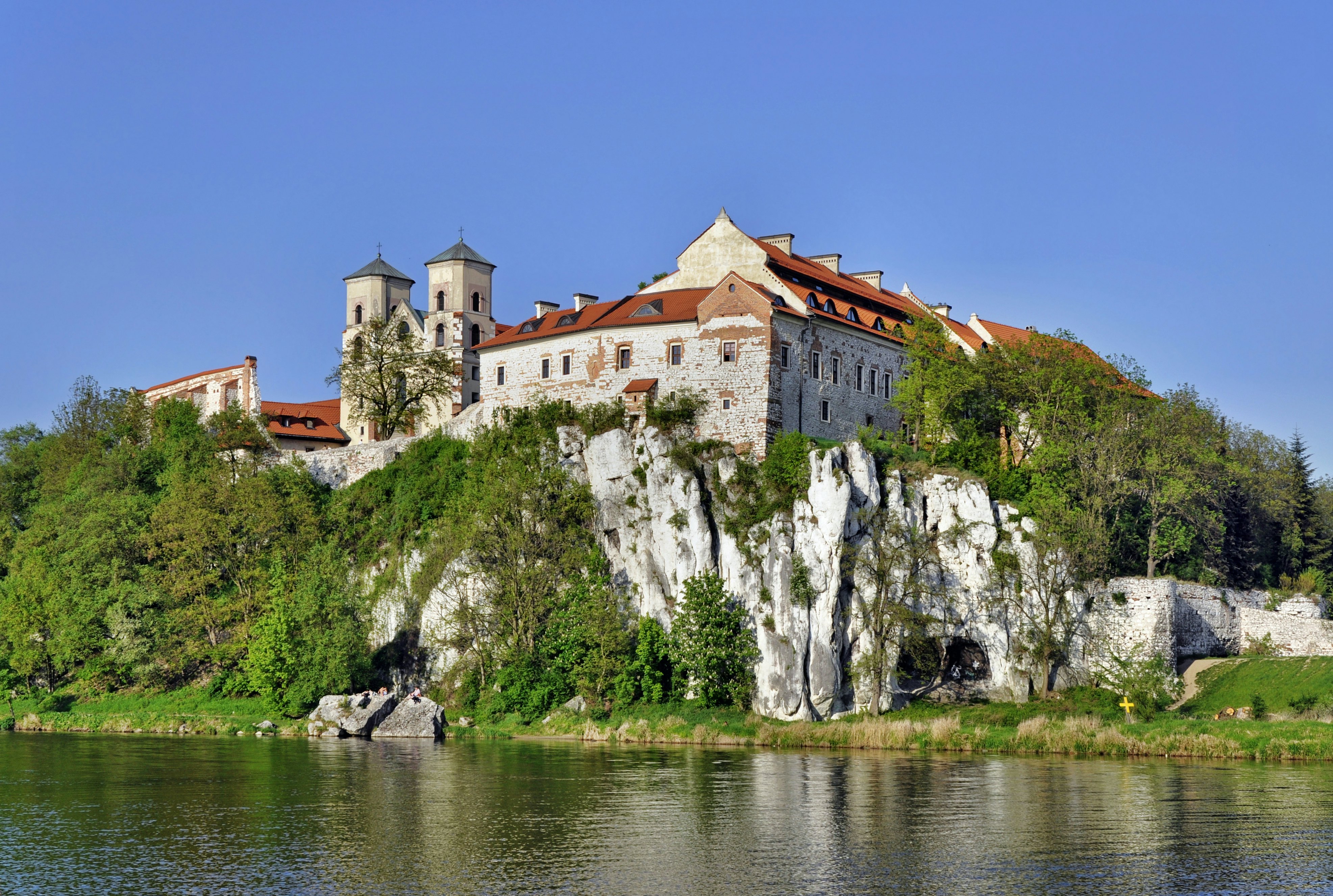
Sit back for the slow ride on the river tram
Completely impractical for seeing the main sights, the slow and not especially frequent is still ฐญฐ๙ฒนฐ์รณทษโs most enjoyable ride. Operating from June to September, this boat service takes you on a 30-minute ride along the Wisla (Vistula River), offering pretty views of Wawel Castle along the way. There are usually half a dozen departures daily, with tickets just 24zล (US$6.50).
Better is the daily one-hour cruise upstream to the 1000-year-old monastery in Tyniec. This excursion along a wild stretch of the river goes through forested woodlands bordered by steep limestone cliffs. Youโll have an hour to meet the sociable monks and eat in the excellent restaurant before your return trip.
You can only buy river tram tickets on board; the . Look for the Tramwaj Wodny signs, and avoid flashier rivals at the waterfront that have bigger signs and better English but charge twice the price.
You probably wonโt need the bus
ฐญฐ๙ฒนฐ์รณทษโs trams cover nearly everywhere you could want to go and are usually faster than the bus. Buses run more frequently at night though and are convenient for reaching some day trip destinations, like the Auschwitz-Birkenau Memorial and Museum.
Taking trains from ฐญฐ๙ฒนฐ์รณทษ
There are frequent train connections to surrounding capitals from ฐญฐ๙ฒนฐ์รณทษ on modern intercity trains with cheap advance tickets. The night trains to Budapest and Prague are an excellent way to reduce your carbon footprint.
Ticket machines in ฐญฐ๙ฒนฐ์รณทษ Gลรณwny have information in English, as does the .
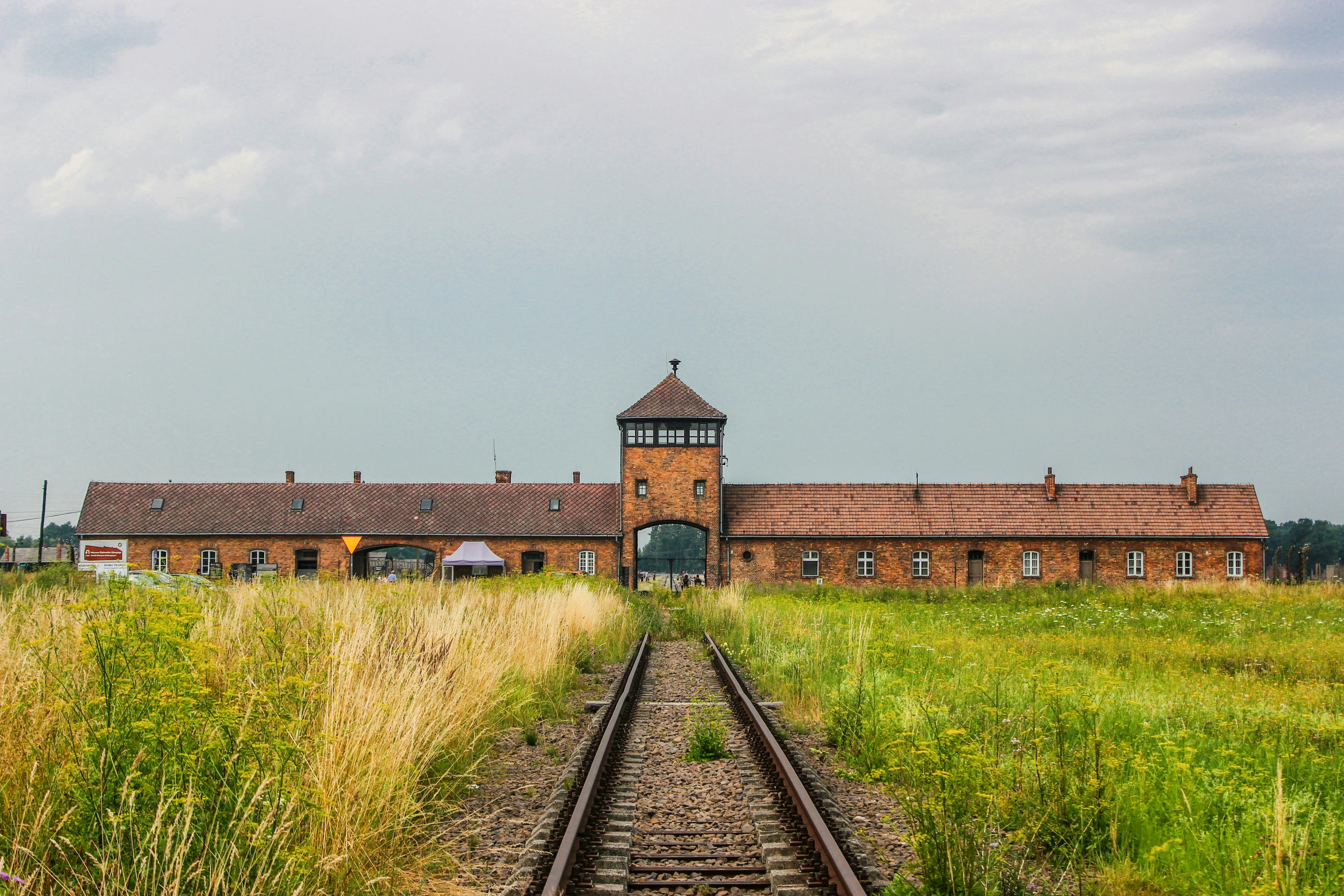
Visit the Auschwitz-Birkenau Memorial and Museum by train
Trains leave ฐญฐ๙ฒนฐ์รณทษ for Oลwiฤcim a couple times an hour. It takes 60โ90 minutes, then it's a 2km (1.25-mile) walk or shuttle ride to the memorial site. Buses from ฐญฐ๙ฒนฐ์รณทษโs main bus station (60โ90 minutes) drop you off right at the entrance.
Many tours to Auschwitz include transportation. These are heavily advertised in ฐญฐ๙ฒนฐ์รณทษ but expensive. The museum is well set up for independent visits, with information in English throughout. You can also pay to join a guided tour at the site.
Reach European capitals by train from ฐญฐ๙ฒนฐ์รณทษ
Trains leave ฐญฐ๙ฒนฐ์รณทษ for Warsaw at least every hour; sometimes there are two or three departures in midday. You can choose between more expensive (and faster) express trains (2 hours and 25 minutes) or the cheaper but slower (up to 5 hours) regional ones.
Both day trains and overnight sleepers run between ฐญฐ๙ฒนฐ์รณทษ and Prague (6โ10 hours). The train has comfortable carriages, often with wi-fi and power sockets. By day, the restaurant car serves draft pilsner.
The overnight sleepers between ฐญฐ๙ฒนฐ์รณทษ and Budapest (10โ14 hours) are economical โ not to mention a sociable way to meet fellow travelers. The trains are slightly faster by day (7โ9 hours).
Accessible transportation in ฐญฐ๙ฒนฐ์รณทษ
ฐญฐ๙ฒนฐ์รณทษโs Old Town is charmingly cobbled, and those stones get slippery when it rains or snows.
Most trams and buses on popular routes have newly made cars capable of low-level access for wheelchairs via an automated ramp through wide, well-marked doors. In some places, trams stop on the road, meaning you need to board from the curb, although there is usually an accessible curb cut. All public transportation in ฐญฐ๙ฒนฐ์รณทษ has clear, usually digital signs indicating the next stops and audio announcements.

